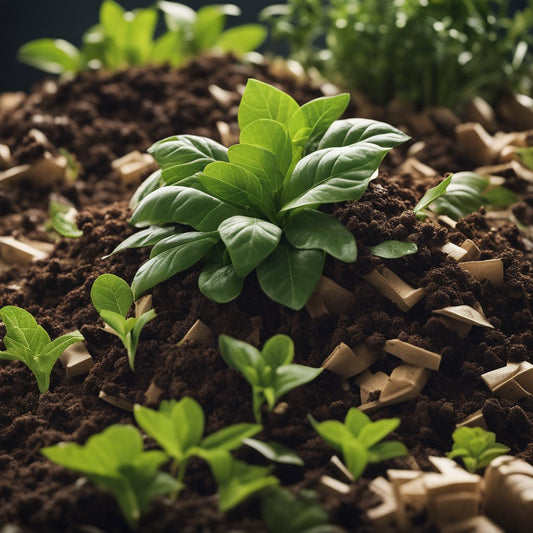Bagasse is a byproduct of sugarcane processing and has become a popular material for eco-friendly food packaging. Here's a brief description of the Bagasse product life cycle:
-
Sourcing: Bagasse is sourced as a byproduct from the sugarcane industry, utilizing the fibrous residue left after extracting juice from sugarcane stalks.
-
Manufacturing: The collected bagasse fibers are processed and transformed into a moldable material through various manufacturing techniques such as pulping, pressing, and drying. This results in the creation of disposable products like plates, bowls, and food containers.
-
Use: Bagasse products are used in various foodservice establishments, including restaurants, cafes, and catered events. They serve as a sustainable alternative to traditional plastic or Styrofoam disposable items.
-
End of Use: Once the bagasse products have served their purpose, they enter the end-of-use stage. This typically involves disposal, either through composting or recycling.
-
Composting: Bagasse products are biodegradable and compostable. When disposed of in a composting facility or a home composting system, they break down naturally and contribute to the creation of nutrient-rich compost.
-
Recycling: Bagasse products can also be recycled, although the availability of recycling facilities and processes may vary. Recycling involves the collection and processing of the used bagasse products to be transformed into new materials or products.
-
Repurposing: In some cases, bagasse products may be repurposed for other uses, such as in the production of building materials or as a source of energy through biomass conversion.
-
Environmental Impact: The use of bagasse products helps reduce the demand for traditional plastic or foam-based disposable items, which can have detrimental effects on the environment. Bagasse products offer a renewable and sustainable alternative, as they are made from a plant-based waste material and contribute to the circular economy by being compostable or recyclable.
It's important to note that the specifics of the Bagasse product life cycle may vary depending on regional recycling and composting infrastructure, as well as individual consumer practices.
Image Source: caymancompass











